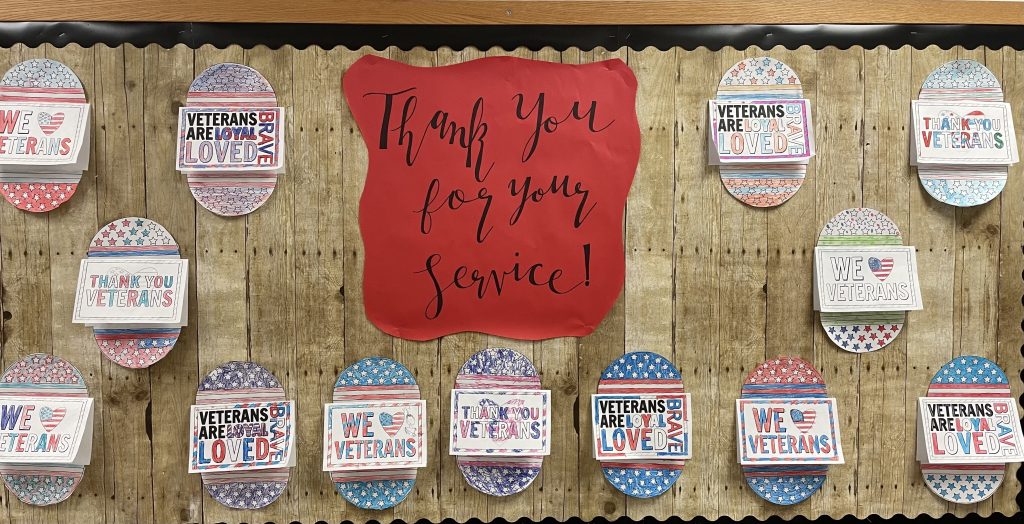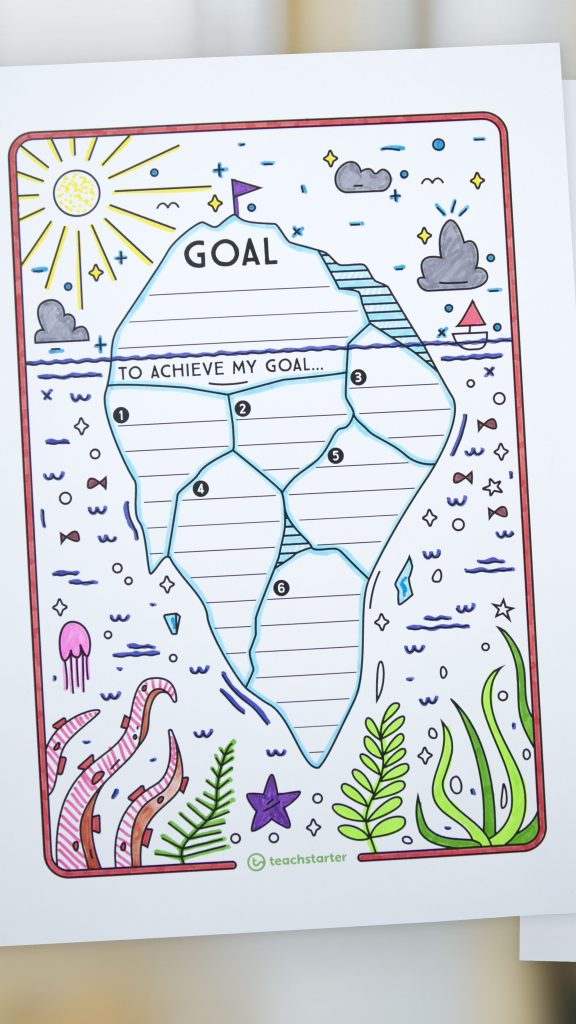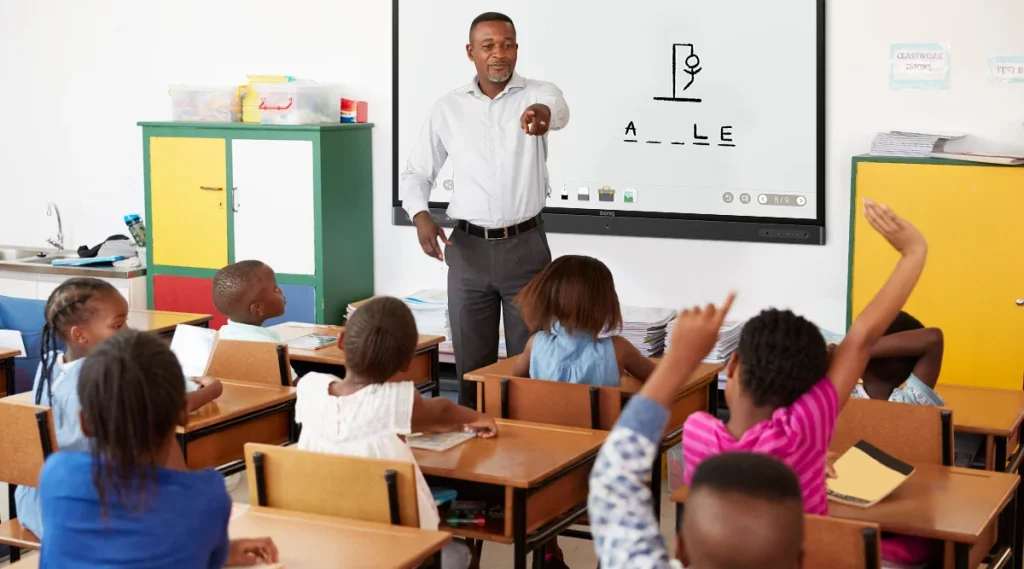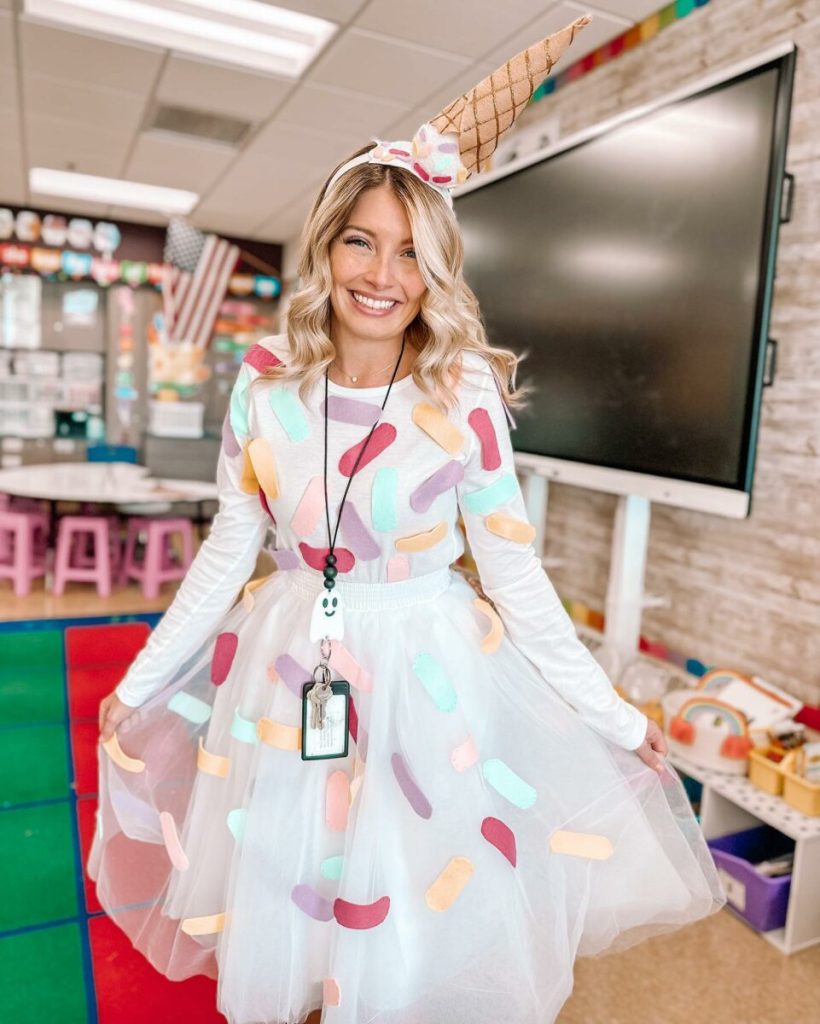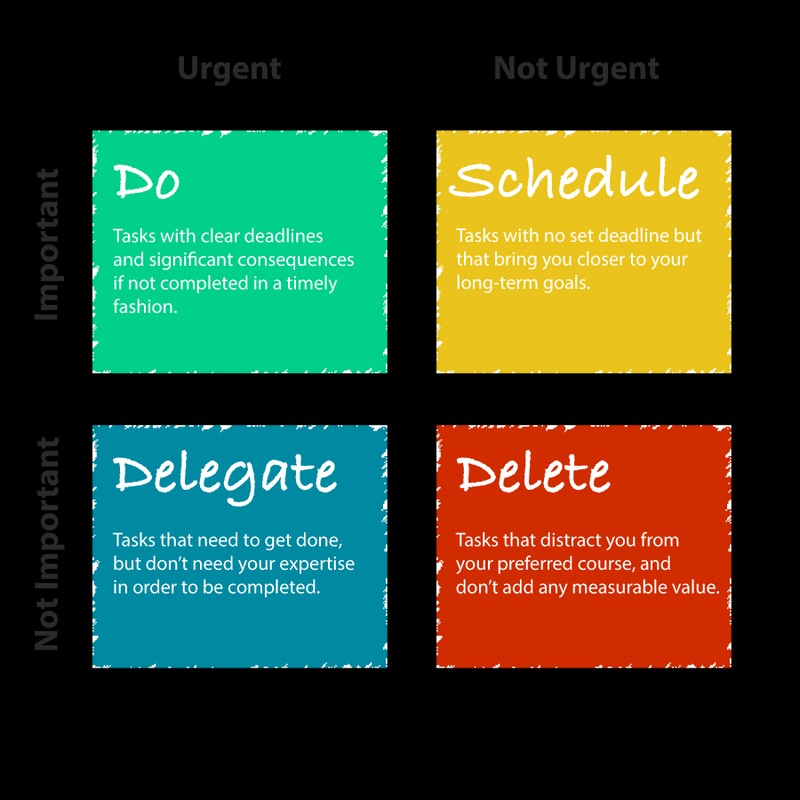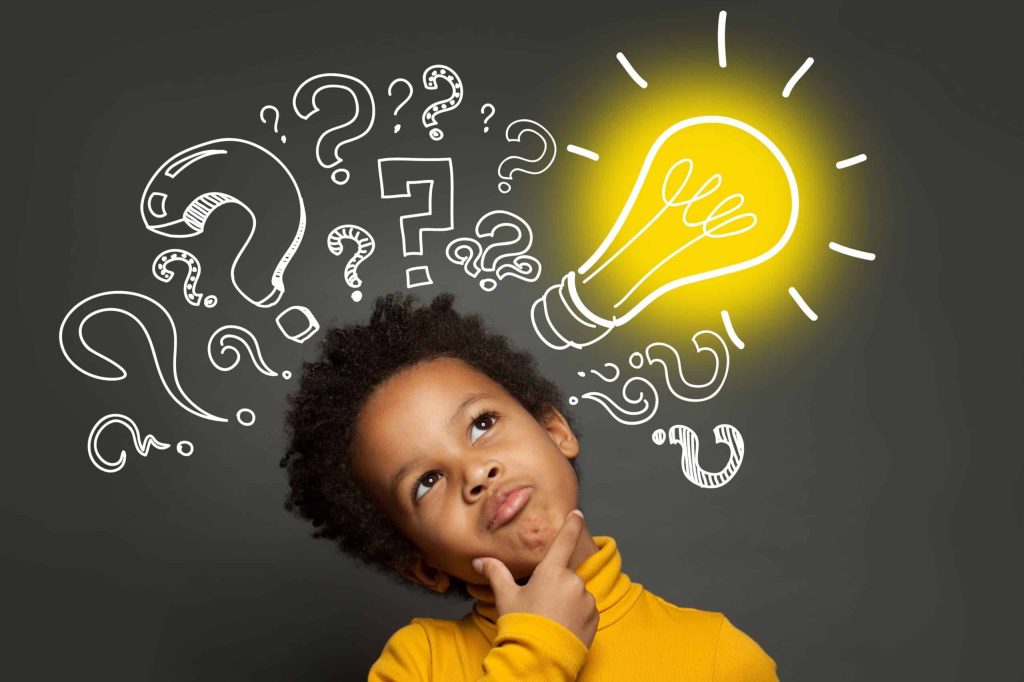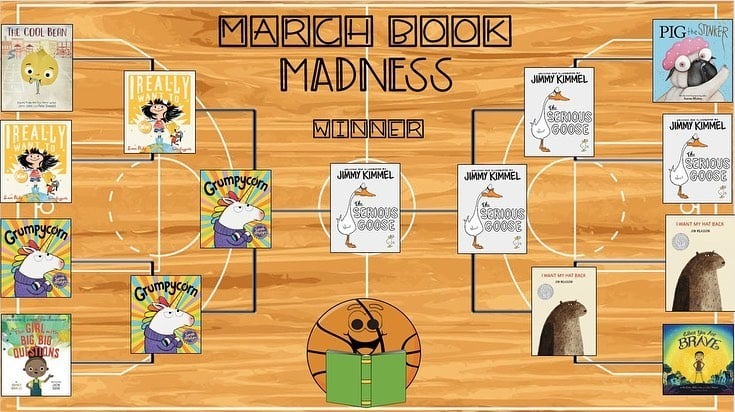Veterans Day is a significant holiday in the United States, serving as a time to honor and remember the men and women who have served in the military. For educators, it presents an opportunity to educate children about the importance of service and sacrifice. The following are 20 Veterans Day activities for kids to try in the classroom this year:
1. Create Thank You Cards: Have students make homemade thank you cards to send to veterans in local hospitals or through organizations that distribute them to service members.
2. Interview a Veteran: If possible, arrange for a local veteran to visit the class (either in person or via video call) so students can ask questions and hear stories firsthand.
3. Veterans Day Assembly: Organize an assembly with guest speakers, presentations by students, and perhaps a performance by the school choir.
4. Poppy Art Projects: Since poppies are a symbol of remembrance for veterans, have kids create their own poppies using tissue paper or paint.
5. History of Veterans Day Lesson: Teach students about the history of Veterans Day and its significance.
6. Write a Poem: Encourage students to write poems expressing gratitude towards veterans and what they have learned about their service.
7. Military Branches Study: Have kids research the different branches of the U.S. military and present their findings to the class.
8. Veterans Day Bookmarks: Kids can make bookmarks that celebrate freedom and honor veterans which they can keep or gift.
9. Flag Etiquette Lesson: Teach kids proper flag etiquette so they understand how to respect one of our nation’s most important symbols.
10. Create a Veterans Wall of Honor: Dedicate a bulletin board where children can display pictures of family members who are veterans, along with brief descriptions of their service.
11. Patriotic Song Performance: Learn and perform patriotic songs that honor America and those who serve.
12. Moment of Silence: Observe a minute-long moment of silence at 11:00 am on Veterans Day to reflect on the meaning of the day.
13. Veterans Day Timeline: Have students construct a timeline of major U.S military conflicts to better understand history.
14. Decorate Classroom Doors: Each class can decorate their door with patriotic themes and facts about Veterans Day.
15. Local Heroes Project: Research local veterans in your community’s history and present their stories as part of a “Local Heroes” project.
16. Field Trip to Veteran Memorials or Museums: If feasible, organize an educational field trip to nearby veterans memorials or military museums.
17. Salute To Service Project: Start a project where students commit to acts of kindness in their community as a way of showing appreciation for veterans’ service.
18. Veteran Pen Pals Program: Coordinate with local veteran organizations to establish pen pal relationships between students and veterans.
19. Guest Speaker Q&A Session: After having a guest speaker, hold an extensive Q&A session for students to delve deeper into understanding military service.
20. Learn Morse Code/Appreciation Messages: Teach students Morse code and use this as an activity for them to send messages of appreciation for vets.
Implementing these activities can enrich students’ understanding of Veterans Day, helping them develop respect and gratitude for those who have served our country.
